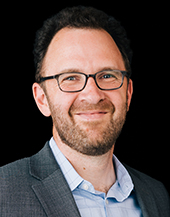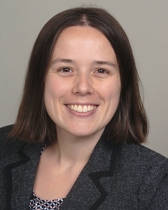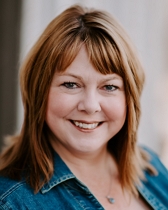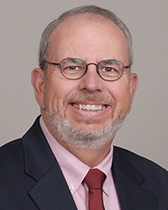Finding and Providing Clarity Amidst the Array of Digital Learning Definitions and Modalities
This webcast was hosted in partnership with Minerva Project. 
As a follow-up to the WCET’s September 2022 webcast, Navigating the Confusing Array of Digital Learning Definitions, we are continuing the conversation and providing guidance around the spectrum of digital education modalities and how they can be implemented.
The webcast highlighted two recent reports:
- Toward a Hybrid Future, written by Minerva Project, which explores how to design high-quality hybrid learning that matches learning objectives, learning modality, and learner needs,
- Defining “Distance Education” in Policy: Differences Among Federal, State, and Accreditation Agencies, from WCET and the WCET State Authorization Network, which highlights the policy challenges and risk presented by multiple, differing definitions of distance education and how institutions, researchers, and policymakers should move towards standardizing definitions and policies to ensure there is clarity for all stakeholders, especially students.
Panelists discussed:
- How to standardize the definitions of digital learning modalities,
- How to design courses and programs that utilize multiple modalities effectively for students,
- The implications of hybrid learning for students, institutions, and policymakers,
- Policy implications, including at the institutional, state, and federal levels, and
- The critical voice of the students and their expectations.
WCET members, join a follow-up conversation with Kathryn Kerensky, lead author on the WCET and SAN report during our Closer Conversation on March 31. Learn more and register today.
Speakers:
Shannon Riggs
Associate Vice Provost of Educational Programs and Learning Innovation, Oregon State University
Moderator:
Russ Poulin
Executive Director, WCET & Vice President for Technology-Enhanced Education, WICHE (retired)



